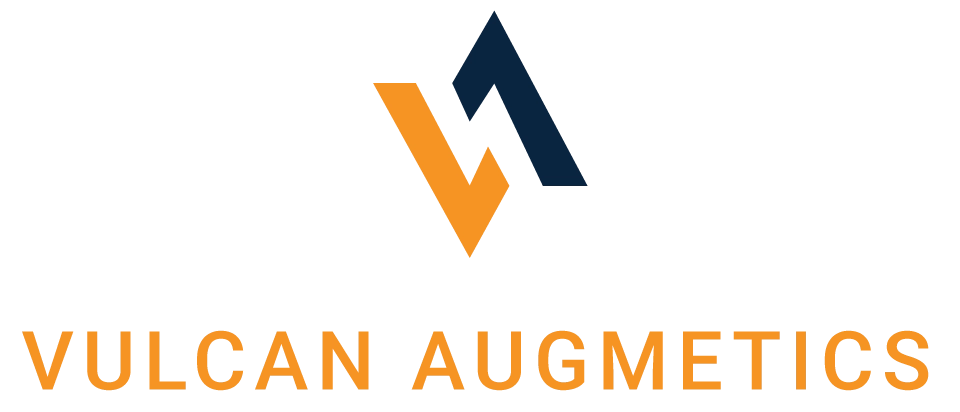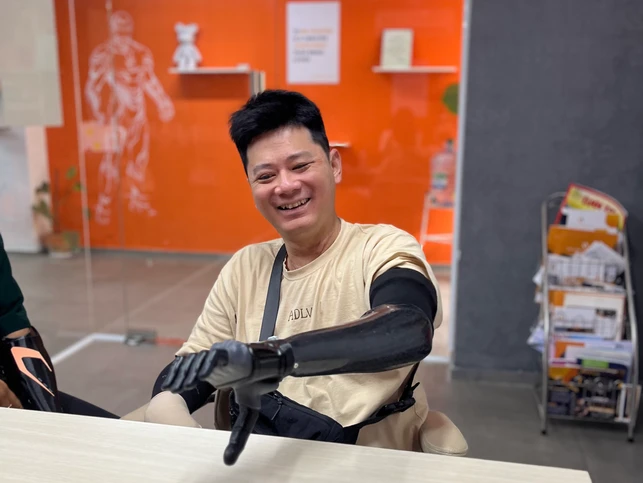The impact of scientific marvel is profound, restoring independence, enhancing emotional well-being, and opening doors to countless opportunities. As technology evolves, the future promises even more accessible and life-changing solutions for the amputee community. The world of limb prosthetics has witnessed remarkable advancements, particularly in upper limb prosthetic design and functionality. These technological breakthroughs have not only transformed the lives of amputees but have also elevated the field to new heights. Customization is the key, tailoring these limbs to each user’s specific needs and preferences, ensuring a snug fit and seamless functionality.

In this blog, we delve into the science behind upper limb prosthetic design, exploring the complicated components and functionality of these artificial limbs.
Anatomy and Engineering
Designing an upper limb prosthetic is a blend of art and science. The process begins with a deep understanding of human anatomy, particularly the complexities of the upper limb. Engineers and prosthetists meticulously study the structure and mechanics of the arm, including the bones, muscles, and joints. This knowledge is the foundation for creating prosthetic devices that replicate the natural movement and functionality of the human arm.
Components of Upper Limb Prosthetics
- Socket: The socket is the prosthetic part that attaches to the residual limb. It plays a crucial role in comfort and stability. Modern sockets are often custom-designed to ensure a snug fit, allowing for better weight distribution and reduced pressure points.
- Prosthetic Hand/Arm: The prosthetic hand or arm is the most visible part of the device. It is designed to replicate the natural appearance and movement of the human limb. Prosthetic hands can have multiple grips and wrist movements, while arms can vary in length and articulation.
- Control Systems: Upper limb prosthetics can feature various control systems, from body-powered mechanisms that respond to body movements to myoelectric systems that use muscle signals for control. These systems are pivotal in enabling users to manipulate the prosthetic limb precisely.
- Sensory Feedback: Some advanced upper limb prosthetics incorporate sensory feedback systems, allowing users to perceive temperature, pressure, and texture. This technology enhances the user’s ability to interact with the environment more intuitively.
Functionality and Customization
The functionality of artificial limbs has evolved significantly. Today’s prosthetic hands and arms offer various movements and grips, allowing users to perform multiple daily tasks. These artificial limbs are designed to meet diverse needs, whether holding a delicate object, typing on a keyboard, or even playing musical instruments.
Customization is another crucial aspect of upper limb prosthetic design. Prosthetists work closely with users to understand their specific requirements and preferences. This personalized approach ensures that the prosthetic device becomes a seamless extension of the user.
The Impact on Amputees
The science behind upper limb prosthetic design and functionality has profoundly impacted amputees’ lives. These advanced devices empower users to regain independence, perform a wide range of tasks, and enhance their overall quality of life. Users’ emotional well-being is significantly improved as they restore self-esteem and a sense of control over their lives.
The Future of Upper Limb Prosthetics
As technology advances, the future of upper limb prosthetics holds even more promise. Ongoing research focuses on refining control systems, further miniaturizing components, and enhancing sensory feedback. With these innovations, upper limb prosthetics are set to become increasingly accessible and life-changing for amputees worldwide.
Enhanced functionality and boundless possibilities
Upper limb prosthetic design is a remarkable intersection of science, engineering, and compassion. These artificial limbs are not merely functional; they are life enablers, offering amputees a second chance at living life to the fullest. As advancements in prosthetic technology continue, the possibilities are limitless, and the impact on the amputee community is immeasurable.
Explore the science of progress with upper limb prosthetics. Join the functional freedom revolution with us. Contact us at https://www.wearevulcan.com/en/talktous.
Contact us at https://www.wearevulcan.com/en/talktous now to get started!




